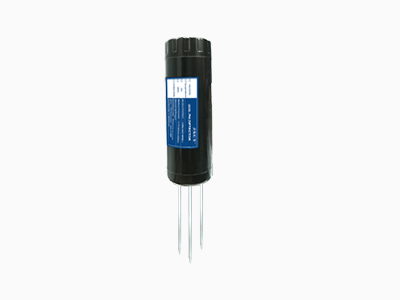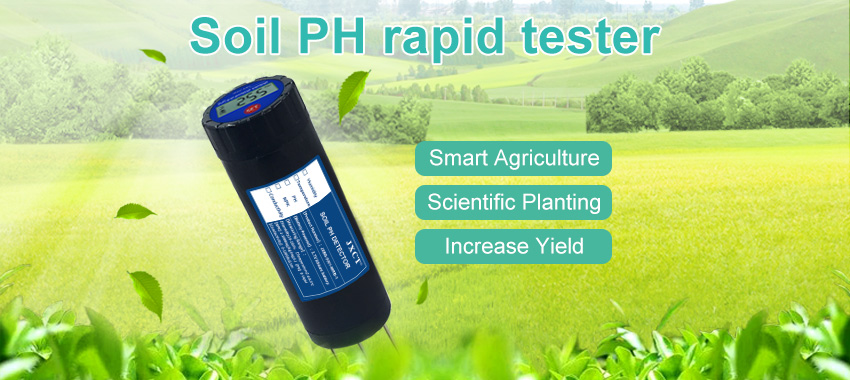In the past few decades, advancements in technology have revolutionized various industries, and agriculture is no exception. Precision agriculture, also known as smart farming, has emerged as a game-changer in the agricultural sector. It utilizes advanced technologies, such as soil sensors, to optimize farming practices, increase productivity, and minimize environmental impacts. This article dives into the role of soil sensors in smart farming and explores how they contribute to precision agriculture.

What is Precision Agriculture?
Precision agriculture refers to the use of technology and data analytics to make informed decisions regarding agricultural practices. It involves collecting and analyzing data on various parameters, such as soil conditions, weather patterns, crop growth, and pest infestations, to tailor farming practices for optimal results. By adopting precision agriculture techniques, farmers can achieve higher crop yields, reduce resource wastage, and enhance sustainability.
Understanding Soil Sensors in Smart Farming
Soil sensors play a pivotal role in smart farming systems. These sensors are installed in fields to collect real-time data about soil conditions, such as moisture content, temperature, nutrient levels, salinity, and pH. By continuously monitoring these parameters, soil sensors provide valuable insights that help farmers optimize resource management and make data-driven decisions.
Benefits of Soil Sensors in Smart Farming
4.1. Precision Irrigation
Water is a critical resource in agriculture, and improper irrigation practices can lead to water wastage, reduced crop yield, and environmental degradation. Soil sensors enable precision irrigation by measuring soil moisture levels and transmitting this information to farmers. With this data, farmers can determine the exact amount of water required by crops, minimizing excess irrigation and water loss. Precision irrigation not only conserves water but also improves crop health and reduces the risk of diseases caused by overwatering.
4.2. Nutrient Management
Proper nutrient management is essential for plant growth and crop productivity. Soil sensors provide accurate information about nutrient levels in the soil, allowing farmers to apply fertilizers precisely where and when they are needed. This targeted approach prevents under or over-fertilization, reduces fertilizer waste, and maximizes nutrient uptake by crops. Effective nutrient management not only benefits crop yield but also minimizes environmental pollution caused by excessive fertilizer application.
4.3. Soil Health Monitoring
Soil health plays a crucial role in determining the overall productivity and sustainability of agricultural land. Soil sensors enable farmers to monitor key soil health indicators, such as organic matter content, microbial activity, and nutrient cycling rates. By tracking these parameters, farmers can identify early signs of soil degradation, nutrient deficiencies, or imbalances. This knowledge empowers them to implement corrective measures promptly, such as adjusting pH levels, applying organic amendments, or practicing crop rotation, to maintain or improve soil health.
4.4. Disease and Pest Management
Early detection and management of pests and diseases are vital for crop protection. Some advanced soil sensors can detect changes in soil microbial activity, which can indicate potential disease outbreaks or imbalances in the soil microbiome. By monitoring these indicators, farmers can promptly respond to pest infestations or diseases, minimizing crop losses and reducing the need for chemical interventions. This proactive approach enhances crop health and reduces the reliance on conventional pesticides.
Integration with Farm Management Systems
Soil sensors are often integrated into farm management systems, leveraging data analytics and automation. These systems collect data from various sources, such as soil sensors, weather stations, satellite imagery, and crop models, to provide comprehensive insights for decision-making. By integrating soil sensor data into farm management systems, farmers can access real-time information, generate customized reports, and automate certain farming processes. This integration optimizes efficiency, reduces manual labor, and maximizes the benefits derived from soil sensor data.

Challenges and Future Prospects
6.1. Cost and Adoption
The initial cost of soil sensors and associated technologies can be a barrier to their widespread adoption, particularly for small-scale farmers. However, advancements in technology and economies of scale are gradually reducing the cost of these systems. The promotion of government subsidies, funding opportunities, and education programs can further encourage farmers to embrace precision agriculture techniques.
